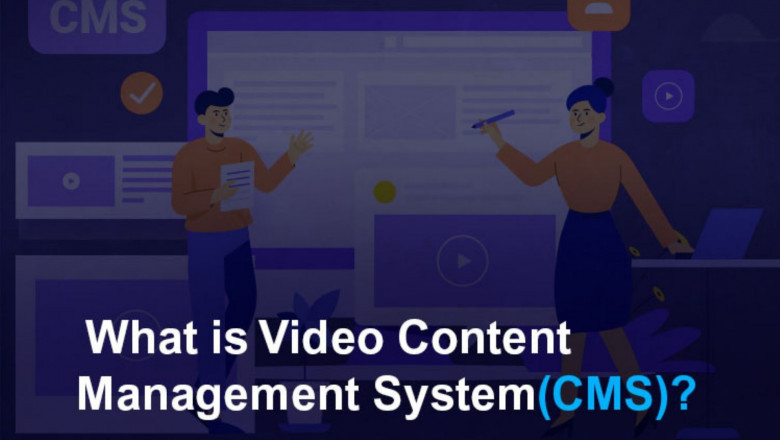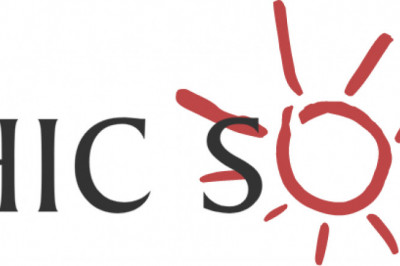views

Many businesses are creating new and creative video content to keep users engaged. Video is the only significant media content, and it has changed user behaviour online. For the success and growth of a business, it is essential to create new video content, then store, organize and monetize it. So to manage these tasks, many video creators have turned towards video management systems to achieve their goals.
Video is being used in every business process in training or meeting with the employees. This enables good interaction between employees and the company. Adding video into internal operation, marketing strategy, and sales process initially require handling of huge video content without any hassle. That is where the video content management system comes into play.
What is Video CMS?
Video Content Management is the process of storing, organizing and managing video content efficiently. Video content is stored in Video Content Management System(CMS). The Video Content management process is done by Video Content Management system.
Uses Of Video Content Management System (CMS)
Video CMS is mainly used for storing and organizing video files. It acts as a central location where all video files are stored. Video CMS sorts video files into categories and subcategories based on topics, file size, stores video metadata like title, description and tags.
It allows users to search for particular video files as it helps find the file user looking for with the help of keywords. It suggests a new video to users according to video metadata of existing video files being watched by users. So it keeps the user engaged, making the user watch the video longer.
Features Of Video Content Management System (CMS)
Some Video Streaming businesses prefer Video CMS to store and organize video files. At the same time, many organizations prefer Video CMS that supports features for distributing and monetizing video content.
Bulk Upload:
Uploading individual files takes more time. Bulk uploading video tools help upload multiple videos at a time into CMS.
Fast Transfer to Protocol(FTP):
FTP is used for the fast and secure uploading of video files through the use of the client. The client connects to FTP server, and the video creator send files there for storage and use.
Adaptive video player and Cloud Transcoding:
Video on a mobile device and watching videos on desktops are of different sizes. Video CMS should have a built-in feature called Cloud transcoding and an adaptive video player when the video is recorded using the camera or pre-recorded video. That converts files into different video formats that help view the content on different devices without issues. Different types of quality video are streamed according to the viewer’s internet speed.
Organization Of Video Content:
Organizing video files will help users find a video file in the library. Organizing video files into categories under one topic and further grouping them into smaller subcategories. Tagging video helps in searching videos according to viewers interests. Another essential feature is creating separate playlists according to specific keywords.
Video Security:
Video CMS should include AES Encryption or DRM encryption. These advanced security features ensure the safe transfer of video to end-users without any intervention from a third party.
Video Monetization Options:
It is better to choose Video CMS that supports different video monetization options, such as
Subscription-based Method: where subscribers pay a certain amount of money to access the video library for a particular period. Example: Netflix.
Transactions based Method: where subscribers one-time payment fees to access the particular video content. Example: Apple iTunes
Advertisement based Method: It is a free platform for every viewer, but they have to watch ads when viewing the video. Video creators get money for placing ads for an advertising company. Example: Youtube.
Metadata Management:
Choose Video CMS that manages video metadata like title, description and tags.

Advantages Of Video Content Management System (CMS)
Large Video File support
It is essential to have Video CMS as they are designed to store, manage larger video files in bulk quantities and transfer it to end-user at ease.
Enhances Video Experience with Buffer-Free Video Streaming
Being a video creator, delivering high-quality video to end-users without lag is essential. Video CMS with transcoding feature converts the video file into different formats, accessible both on mobile and desktops.
Optimizing Search Functionality
Video CMS helps in Finding a particular video from a Collection of libraries based on topic or keywords.
Conclusion
For a video creator and professional broadcaster to be successful, they need to deliver video content that engages and keep user watching the video for a more extended period. For delivery of video content, monetization, storing and managing the library, it is more essential to Choose a Video Content Management System (CMS). Having the right tool for video organization prevents creators from relying on free video streaming platforms like youtube.












